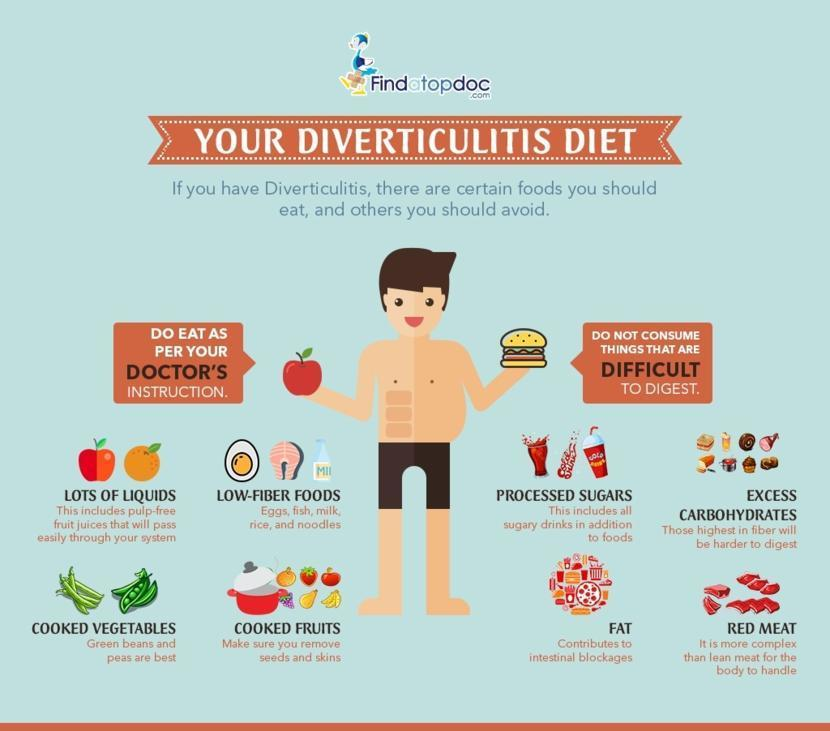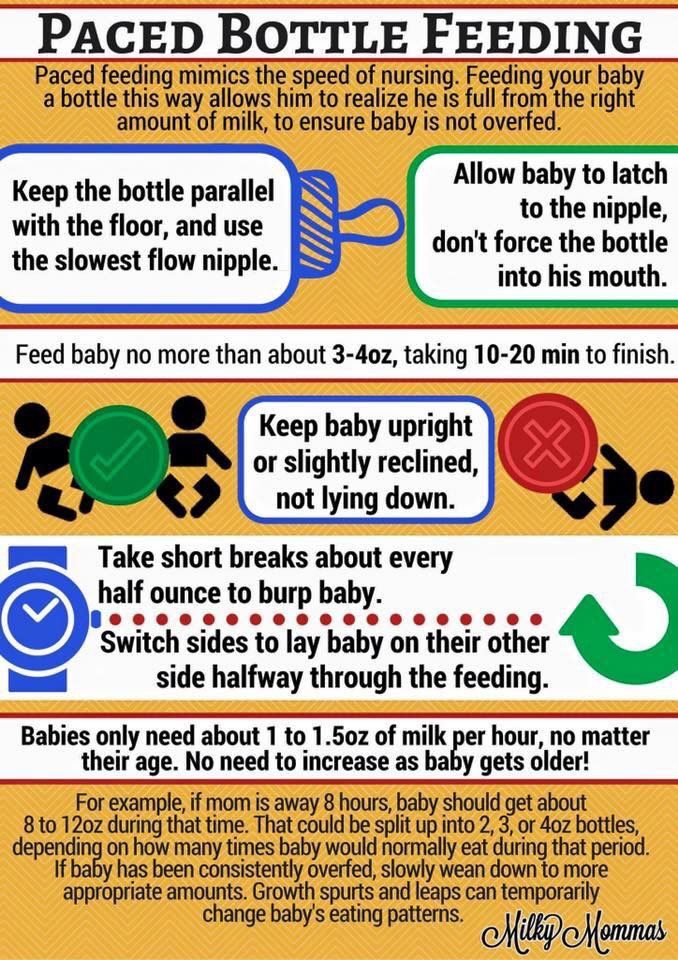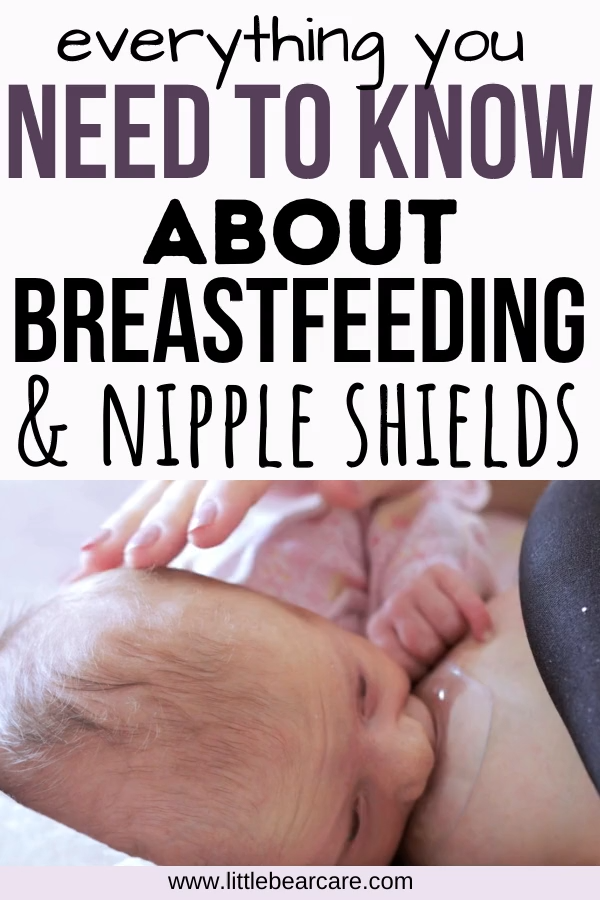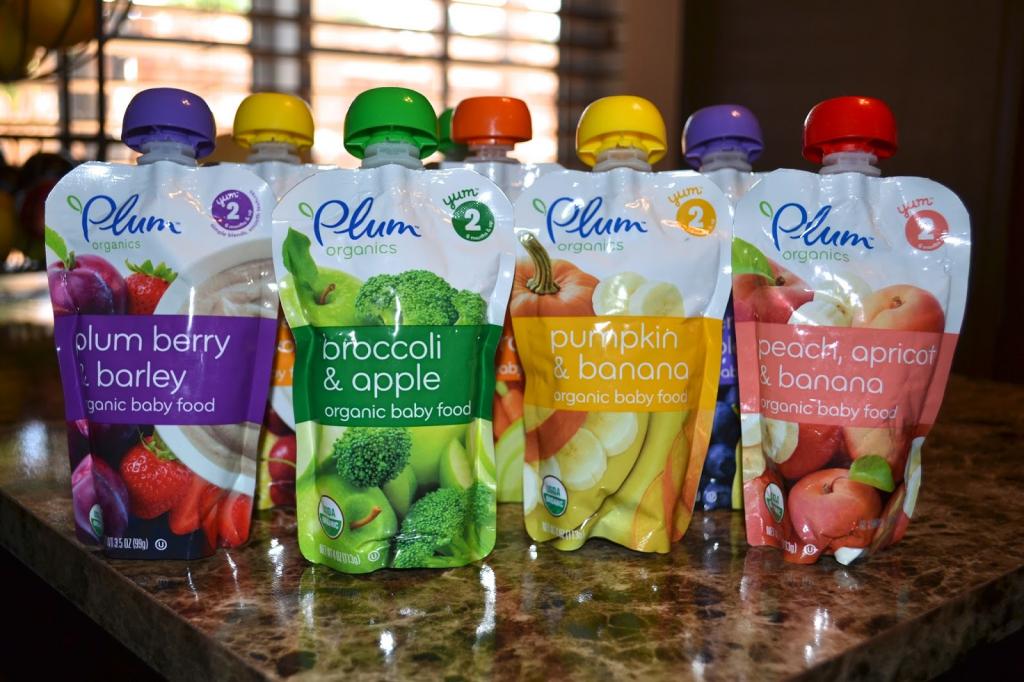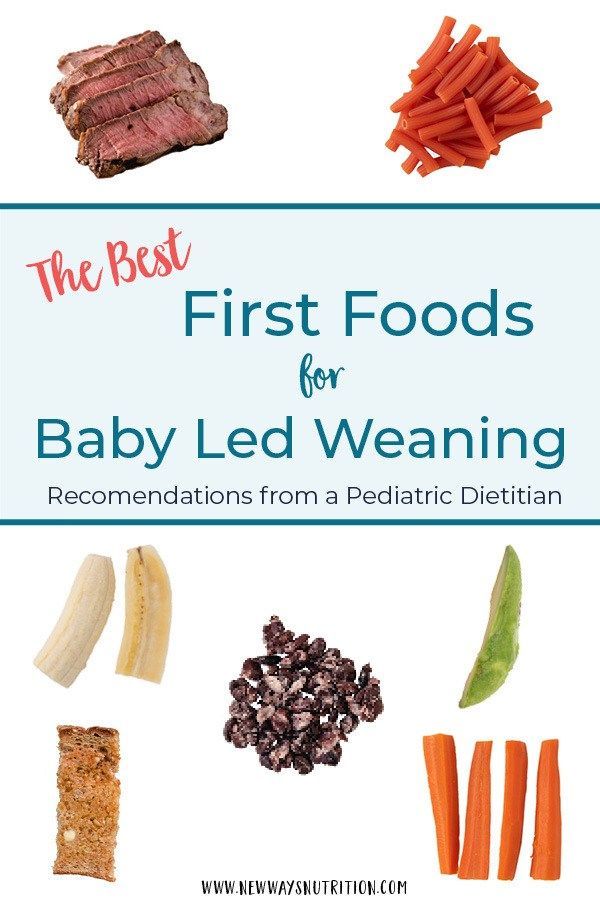Bamba baby food
Bamba Peanut Puffs: What Parents Need to Know
Learn everything you need to know about Bamba Peanut Puffs and its role in early allergen introduction studies!
Many parents consider offering Bamba to their babies especially now that the new USDA 2020 Dietary Guidelines (DGA) recommend to “introduce infants to allergenic foods.” In this article, you’ll learn about using Bamba for early peanut introduction:
- Bamba is a peanut puff snack created in Israel
- Bamba was not designed for babies, but became popular with Israeli families after soldiers brought it home
- Bamba played a role in early allergen introduction studies
- Bamba is not a healthy first food for baby, because it contains salt and saturated fat
- Bamba only is a solid food, only for babies that are developmentally ready for solid foods
- Bamba isn't the only option to introduce allergens for your baby
- Healthier options with more allergens, such as Ready, Set, Food! are easier to use and all-natural
What is early introduction?
- Introducing peanut, egg, and milk as early as 4-6 months of age
- Continuing to feed baby these foods multiple times a week, for several months
One way of introducing peanut that many parents have heard about is a peanut puff snack called Bamba. But what exactly is Bamba, and is it a good choice for introducing peanut to your baby? Here’s everything you need to know before feeding your baby Bamba.
What is Bamba? The Origin Story
Bamba is a peanut puff snack, made in Israel from peanuts, corn, palm oil and salt. It’s easily Israel’s most popular snack, and it has become a staple in Israeli culture.
When people see Bamba on store shelves, they usually notice the baby on the bag first. Osem, the company that makes Bamba, claims that it chose the name because it sounds like baby talk. It’s said that the marketers at Osem were hoping to make Bamba one of baby’s first words in Hebrew, right after they learned to say ima (mom) and aba (dad).
But Bamba wasn’t actually designed for babies and young children.
Bamba was first introduced in Israel in 1964. The first version of the snack was a cheese puff, but that version wasn’t very successful. One year later, Osem started making four other flavors of Bamba, including the now-famous peanut version.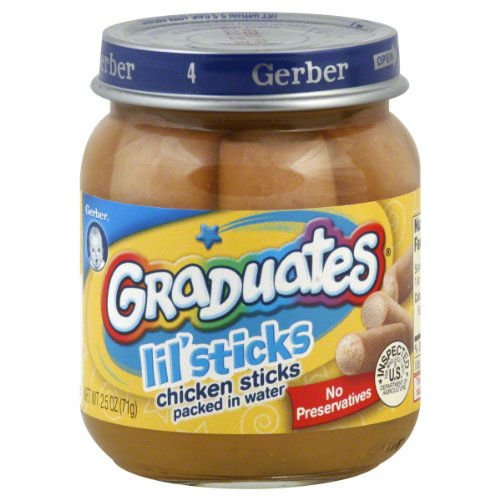 Only the peanut version survived past 1965.
Only the peanut version survived past 1965.
Around 1967, Bamba peanut puffs started becoming a popular snack with Israeli soldiers. The soldiers loved Bamba so much that, once they returned home, they brought bags of Bamba home to their families. Thanks to this, Bamba’s popularity in Israel skyrocketed, especially among Israeli families with children.
Bamba: Dr. Gideon Lack, and Early Allergen Introduction
The 2008 Peanut Allergy StudyIn 2008, Dr. Gideon Lack ran a study that examined rates of peanut allergies in Jewish schoolchildren living in Israel and the UK. He also studied how early sets of infants in each of these countries were introduced to peanut, as well as how much peanut these infants ate per month.
He found that the Israeli schoolchildren were 10 times less likely to have a peanut allergy than the children in the UK. He also found that the Israeli babies started eating peanut much earlier, much more often, and in much larger amounts than the babies in the UK.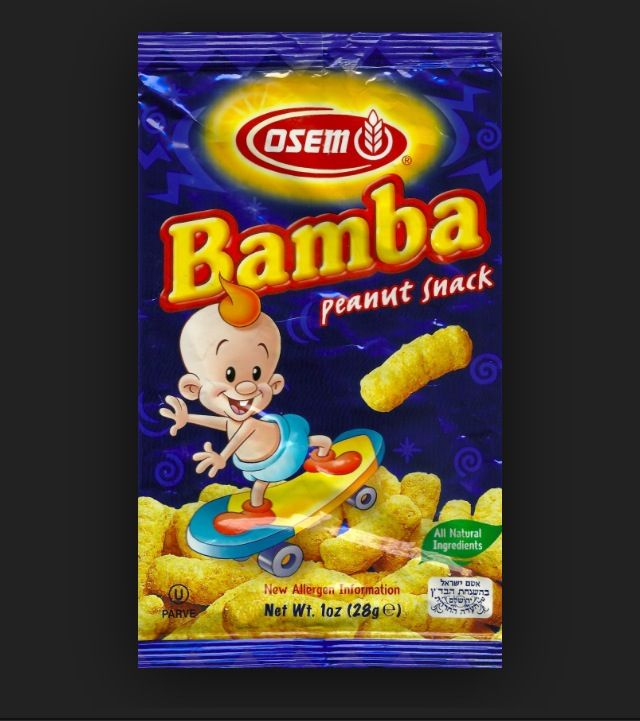
This was mainly because Bamba is a staple snack in Israel, from a very young age. Many Israeli parents start feeding their babies Bamba soon after they start solids, and give it to their children regularly.
The LEAP Study (2015)These findings inspired later research on introducing peanut early. Dr. Lack spearheaded the LEAP study (results released in 2015). In the LEAP study, more than 600 children between 4 and 11 months of age at high risk for peanut allergy either consumed peanut at least 3 times per week or avoided peanut until age 5.
In this study, the families who were asked to feed their baby peanut used either Bamba or smooth peanut butter to introduce babies to peanut early and often.
New AAP guidelines for introducing peanut to babies are based on the LEAP study.
What Parents Need to Know About Bamba
Even though it has indirectly inspired landmark food allergy research, Bamba isn’t the only choice for introducing peanut to your baby.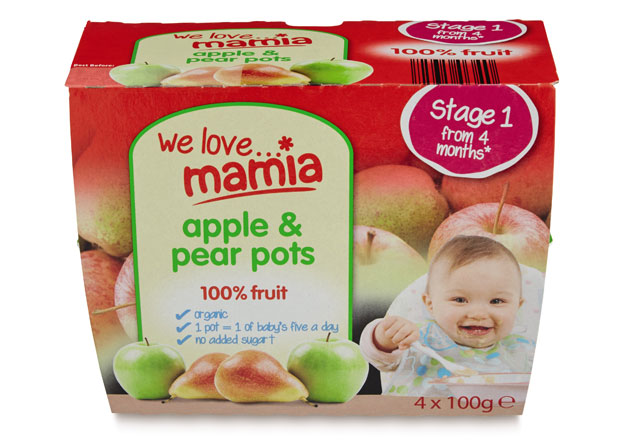
Bamba is not a healthy food for baby.
Bamba is more than one-thirds fat (by grams). And since palm oil is the third ingredient, it contains saturated fat. It contains only around 50% peanut---the rest of Bamba is corn, palm oil, salt.
Notably, palm oil production is often devastating for the environment. Many palm oil producers destroy large areas of tropical rainforest for their oil plantations. This deforestation releases large amounts of carbon dioxide into the atmosphere and threatens the habitats of many endangered plants and animals.
Bamba was not designed for babies. Instead, it’s a snack food that provides too many unhealthy calories.
Bamba also contains salt, which does not meet recommendations from the Centers for Disease Control and Prevention (CDC). Breastmilk already provides the exact daily amount of salt that babies need, and baby formulas contain similar amounts of salt. In light of this, the CDC recommends against giving your baby any foods that contain salt: "There is no need to add salt or sugar to your child’s food. "
"
"There is no need to add salt or sugar to your child’s food." - CDC
Bamba is a finger food, only for babies eating solids
Bamba is a finger food, so it only works if your baby's well-accustomed to solids. It doesn't work well in the prime window for introducing peanuts to babies.
New guidance from leading medical organizations including the American Academy of Allergy, Asthma, and Immunology (AAAAI) recommend: "peanut and egg should be introduced around 6 months of life." During this critical window of time, introducing babies to allergy-causing foods helps them build up a tolerance. However, many babies are not ready for solid foods at this early age.
One option is to soften Bamba with breastmilk or formula. Still, though, many families who choose Bamba will struggle to introduce their baby to peanut as early as 4-6 months of age if their baby is not developmentally ready for solids at that age.
Bamba only contains one allergen --- peanut.
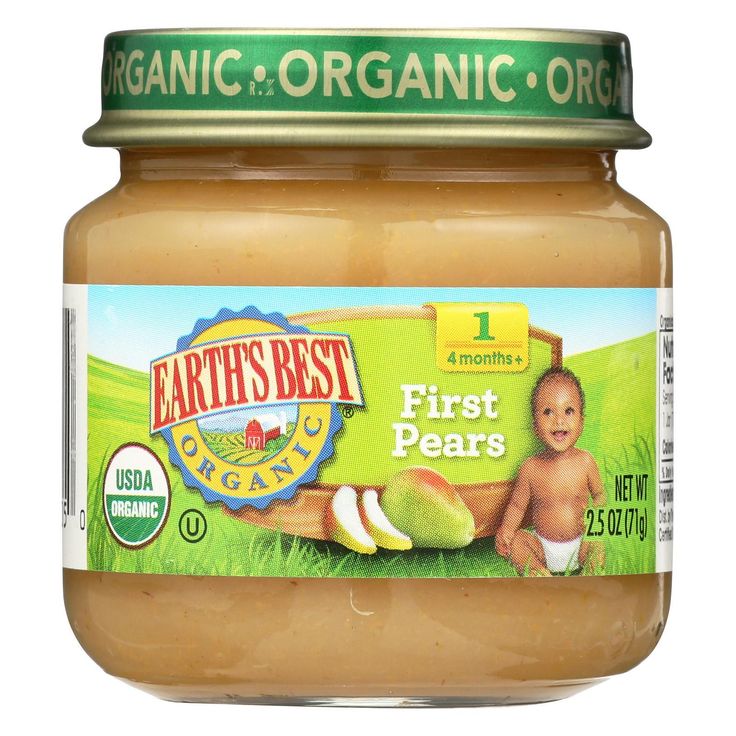
Bamba only contains one common food allergen --- peanut. Peanuts are only responsible for only 22% of childhood food allergies.
Bamba does not contain egg or cow's milk, the other two most common childhood food allergens. Cow's milk allergies are even more common in young children than peanut allergies, and egg allergies are about as common as peanut allergies. Together, milk, egg, and peanut are responsible for 80% of childhood food allergies.
Milk and egg allergies can have the greatest impact on a child's quality of life, because milk and eggs are ingredients in so many meals, snacks, and desserts that kids typically enjoy.
Preparing Bamba requires frustrating guesswork.
You'll have to calculate and measure out the right amounts of Bamba to match the peanut dosage used in the landmark studies.
This process is time-consuming and frustrating. Because of all the added ingredients in Bamba (like corn, palm oil and salt), one gram of Bamba doesn't equal one gram of peanut.
And you'll need to prepare enough correct Bamba doses multiple times per week, over several months, to follow the approach used in the LEAP study.
In addition, it's best to start with a lower dose of an allergy-causing food, and then gradually increase the amount you give to your baby. Doctors recommend this as the safest and most effective approach. What if you give a baby too little --- or too much --- peanut all at once when measuring out Bamba?
Also, Bamba only contains peanut. If you want to cover the other two most common childhood food allergens, you'll have to prepare egg and cow's milk snacks as well. This will take even more guesswork and time.
Bamba might seem cheaper than other options, but it is costly in other ways.
On average, based on prices in June 2020, a 3.5 oz bag of Bamba costs $2.21. Each 3.5 oz bag contains 14 full daily servings of Bamba for baby (plus some extra).
Given all this, to sustain peanut exposure for 6 months (180 days), you’d have to buy 13 bags of Bamba.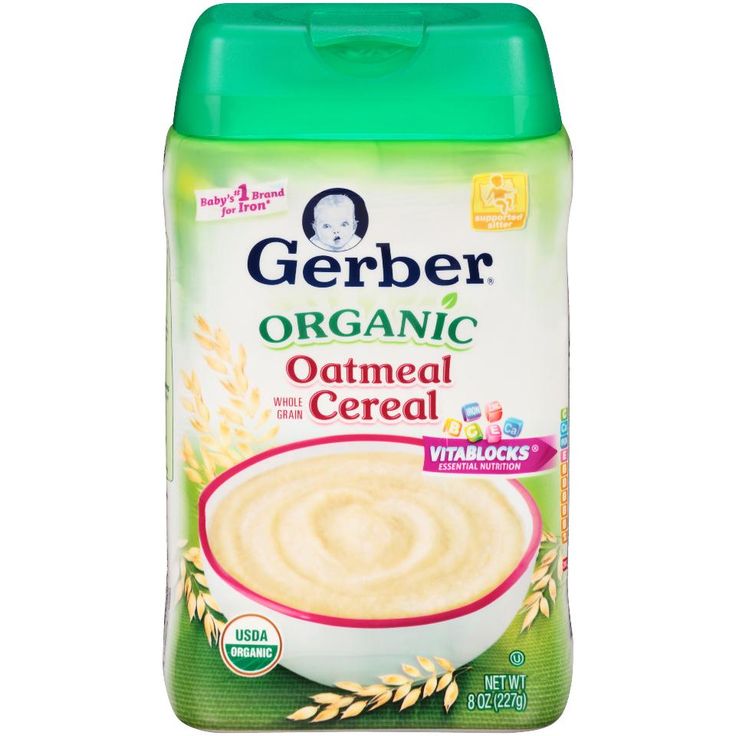 This will cost you $28.73 for 6 months, on average. That might seem less expensive than other options, but the price is misleading.
This will cost you $28.73 for 6 months, on average. That might seem less expensive than other options, but the price is misleading.
You’d also need to buy egg and milk snacks on top of the Bamba, since Bamba only contains peanut. And as mentioned above, you’d also have to spend valuable time measuring out the right doses of all three types of snacks. Plus, with the fat and salt in Bamba, you might build unhealthy eating habits for your baby. So, the overall cost of Bamba is higher than you might expect.
Meanwhile, Ready, Set, Food! packets contain only peanut, egg, and milk (no salt, palm oil, or other additives), and all three allergens are pre-measured to match the amounts used in the landmark clinical studies. Plus, you can start as early as 4 months, consistent with clinical guidelines, even if your baby is not ready for solids.
Looking for a healthier, easier-to-use way to introduce allergens, that's recommended by 1,000+ pediatricians and allergists? Learn how Ready, Set, Food! works for every family, even if your baby is not yet ready for solids.
--------------------------------
All health-related content on this website is for informational purposes only and does not create a doctor-patient relationship. Always seek the advice of your own pediatrician in connection with any questions regarding your baby’s health.
These statements have not been evaluated by the Food and Drug Administration. Products are not intended to diagnose, treat, cure or prevent any disease. If your infant has severe eczema, check with your infant’s healthcare provider before feeding foods containing ground peanuts.
The peanut snack that triggered a fresh approach to allergy prevention
Two decades ago, guidelines recommended that babies at risk of allergy should avoid peanuts — but now that advice has been reversed.Credit: Shutterstock
It’s not often that a snack food helps to shape the course of scientific history. But that’s what happened when Gideon Lack, a paediatric allergist at King’s College London, visited the Sea of Galilee in Israel with some friends in 2003.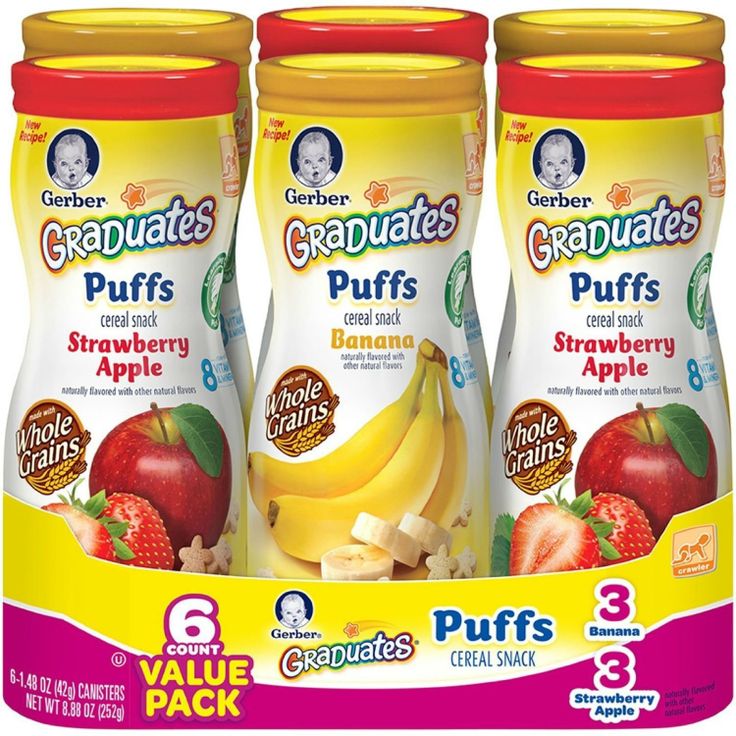
As the group relaxed on the front porch, Lack remembers, his friends fed their six-month-old baby with peanut-butter-flavoured puffs of corn called Bamba, a popular snack in Israel. Many allergists at the time might have recoiled in horror. The prevailing wisdom was that parents should avoid feeding their babies foods containing peanut for the first year of life to prevent them from developing an allergy.
But Lack had already come to suspect that the prevailing wisdom was incorrect — and the lake-shore moment crystallized his suspicions. Just before his visit, Lack had given a lecture in Tel Aviv. He asked the audience of Israeli doctors how many of them had seen a case of peanut allergy in the past year. “Only two or three of the entire audience put up their hand,” Lack says. “In the UK, every paediatrician or GP would have put up their hand.”
Israel didn’t have peanut-allergy-prevention guidelines because peanut allergy wasn’t a big problem there. At the lake, Lack recalls his friends explaining that everybody they knew gave these peanut snacks to babies. His hunch was that the solution to the rapid rise in peanut allergy in the United Kingdom and many other countries might be for babies to eat peanut-containing foods, rather than avoid them. “That’s really when I decided there was mileage in this hypothesis and we ought to pursue it.”
His hunch was that the solution to the rapid rise in peanut allergy in the United Kingdom and many other countries might be for babies to eat peanut-containing foods, rather than avoid them. “That’s really when I decided there was mileage in this hypothesis and we ought to pursue it.”
In the following years, Lack and his collaborators helped to overturn the conventional wisdom about food-allergy prevention. Today’s guidelines no longer recommend dietary avoidance. And there is growing evidence that introducing certain allergenic foods such as peanut and egg to a baby’s diet early, at around four to six months of age, can help to prevent allergies to those foods.
Nature Outlook: Allergies
Throughout much of the twentieth century, allergies to foods such as eggs and milk were rare, and nut allergies were almost unheard of. But rates began rising sharply in many high-income countries in the 1990s. In the United States, for example, the prevalence of peanut allergy among under-18s more than tripled1 from 0.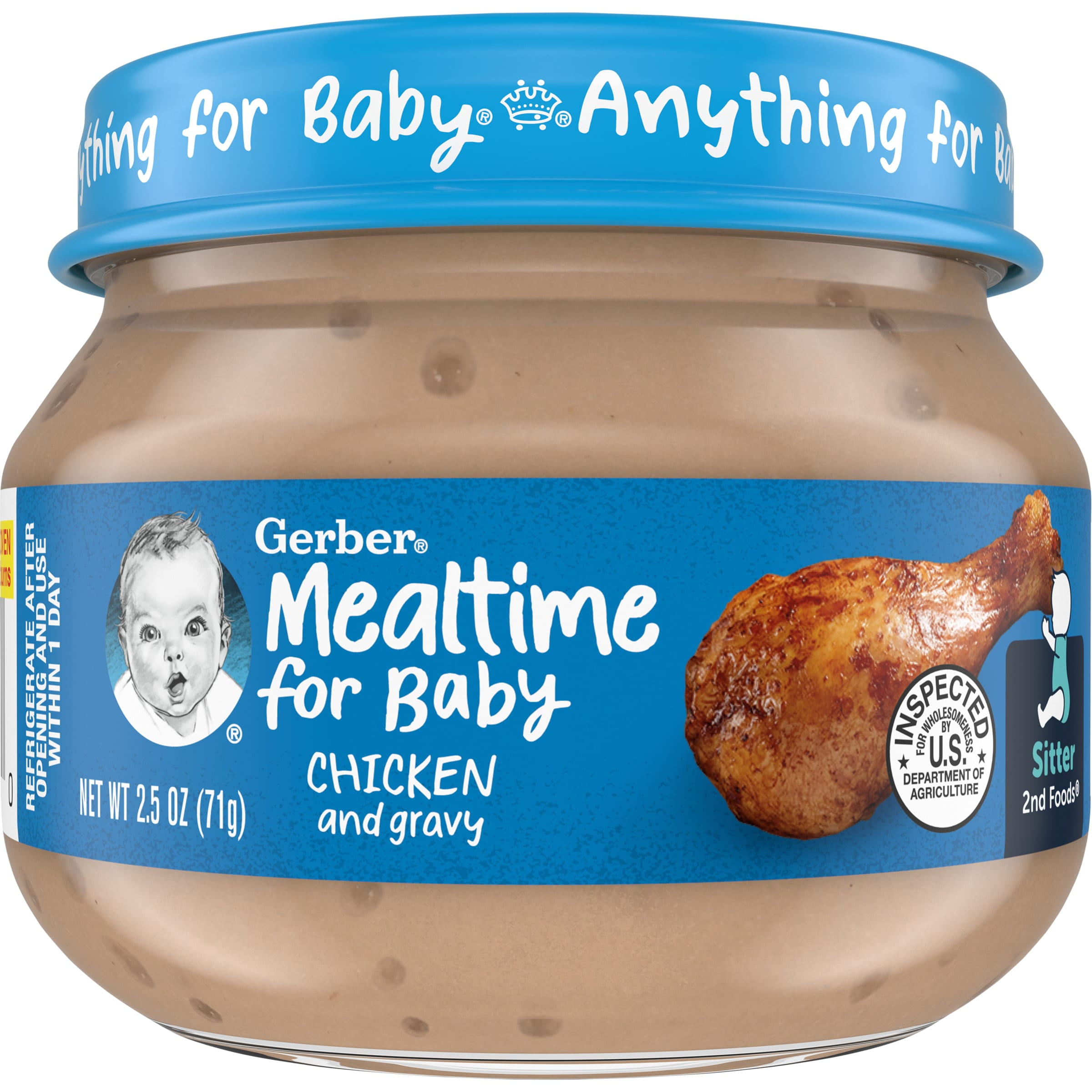 4% in 1997 to 1.4% in 2008. The reasons for this change aren’t entirely clear. Allergies have a genetic component, but such a rapid rise is more likely to be due to changing diets, lifestyles and other environmental factors.
4% in 1997 to 1.4% in 2008. The reasons for this change aren’t entirely clear. Allergies have a genetic component, but such a rapid rise is more likely to be due to changing diets, lifestyles and other environmental factors.
As a consequence, UK and US guidelines began recommending that pregnant women, breastfeeding mothers and infants with a family history of allergy should avoid allergenic foods such as peanuts. “There wasn’t a lot of data to support that. It was kind of a reflex,” says Kari Nadeau, a paediatric food-allergy specialist at Stanford University in California.
Lack’s doubt was the result of an accumulation of disparate evidence. “The penny dropped very gradually,” he says. As a research fellow at National Jewish Health in Denver, Colorado, in the early 1990s, he worked on experiments inducing allergy in mice. Some of his colleagues showed that mouse pups became allergic to egg-white protein when they inhaled it or when it was scraped onto their skin, but not when they ate it2. Later, after setting up an allergy clinic in Bristol, UK, Lack was struck by the increasing number of young children with peanut allergies — and the lengths to which their parents had gone to protect them. Mothers reported diligently avoiding peanuts during pregnancy and breastfeeding, as well as holding off on feeding their babies peanuts for the first year of life. “And they would say to me, ‘I don’t understand’,” Lack recalls. “’I did everything I could to protect them and it didn’t work.’”
Later, after setting up an allergy clinic in Bristol, UK, Lack was struck by the increasing number of young children with peanut allergies — and the lengths to which their parents had gone to protect them. Mothers reported diligently avoiding peanuts during pregnancy and breastfeeding, as well as holding off on feeding their babies peanuts for the first year of life. “And they would say to me, ‘I don’t understand’,” Lack recalls. “’I did everything I could to protect them and it didn’t work.’”
Meanwhile, it was found that babies with peanut allergies often had eczema, a skin condition linked to allergies that results in itchy and raw skin. In the United Kingdom, this was often treated with creams containing peanut oil3. Other studies showed that peanut and other food allergens are ubiquitous on surfaces in people’s homes4. And, oddly, children who had dental braces containing nickel were protected from developing skin irritationassociated with wearing jewellery later in life5.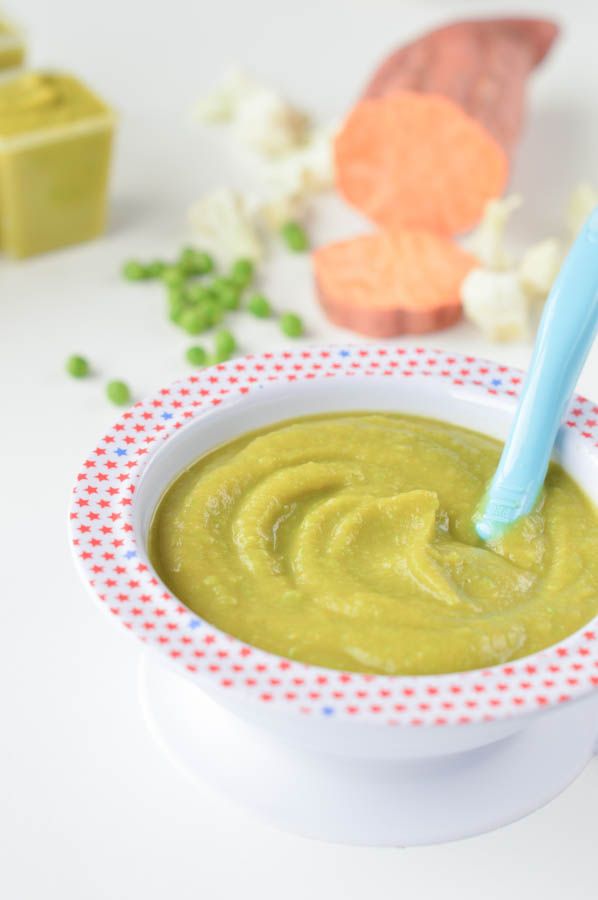
Cracking the peanut
“It occurred to me that the way children become protected is by eating the foods early,” Lack says. “And the way they become allergic is by exposure through the alternative route, through the skin, in the absence of the protective oral exposure.” He called this the dual-allergen exposure hypothesis6.
The differing reaction is probably linked to the body’s response to parasites and venoms when they enter through the skin. This provokes the release of immunoglobulin E (IgE) — the same molecule that mediates allergy. Lack compares it to the way a person might take more kindly to a stranger who enters the house through the front door (in this case, the gut) than to one who enters through the bedroom window (broken skin).
But at the time of Lack’s trip to Israel, this was all theoretical. After returning to London, he set up a study to compare peanut consumption and rates of allergy among Israeli children and Jewish children living in the United Kingdom. This would help to minimize the possibility of genetics driving differences in allergy rates.
This would help to minimize the possibility of genetics driving differences in allergy rates.
Preventing eczema could be a way to stop allergies developing in children.Credit: Gustoimages/SPL
Israeli babies consumed 7.1 grams of peanut protein per week, on average, and began eating peanut-containing foods as early as four months of age, Lack’s team reported7. Jewish babies in the United Kingdom weren’t eating any peanuts at all. And the rate of peanut allergy was about ten times higher among school-age Jewish children in the United Kingdom than among Israeli children.
Because other studies largely failed to show that allergen avoidance reduced the risk of food allergy, more researchers began to question the conventional wisdom. In the late 2000s, most professional-society guidelines dropped the recommendation for allergen avoidance. But it still wasn’t known whether early introduction of allergenic foods was a good idea.
To tackle that question, Lack and his team recruited 640 infants who were already allergic to eggs, had severe eczema, or both, and were therefore deemed to be at high risk of developing peanut allergy. The parents of half of the infants were told to avoid feeding their children peanut-containing foods for the first five years of life, in line with UK guidelines at the time; the rest were told to feed their children peanuts every week.
The parents of half of the infants were told to avoid feeding their children peanut-containing foods for the first five years of life, in line with UK guidelines at the time; the rest were told to feed their children peanuts every week.
At the end of the study in 2015, “there was a staggering difference between the two groups”, says George Du Toit, a paediatric allergist at King’s College London who frequently collaborates with Lack. Early introduction of peanuts reduced the risk of peanut allergy by 70–86%, depending on whether infants already showed skin sensitivity to peanuts when they were enrolled in the trial8. “It was just an overwhelming finding.”
Some guidelines now recommend early introduction of peanuts to reduce the risk of allergy. “That’s an entire about-shift on the approach towards allergy prevention,” Du Toit says. “It’s moved from strict avoidance to the encouragement of early, higher dose and frequent consumption.”
Begin with the skin
Lack and other scientists think that early introduction of specific foods is likely to prove helpful in preventing most food allergies. For example, a 2016 study indicated that early introduction helps to prevent egg allergy9.
For example, a 2016 study indicated that early introduction helps to prevent egg allergy9.
But for some allergies, prevention data remain scarce or non-existent. “Shellfish allergy is one of these neglected allergies,” says Carla Davis, a paediatric allergist at Baylor College of Medicine in Houston, Texas. Shellfish is the most common food to spark an allergic reaction among adults in the United States, and it can be serious: more than 40% of people with shrimp allergy experience potentially life-threatening anaphylaxis. Davis thinks that early introduction of shellfish is not likely to be harmful and might help to prevent the allergy. “But nobody has tested it,” she says.
Davis suspects that shellfish have been neglected because they are not an important part of the diet in populations in which early food-allergy studies were conducted. Her studies have shown that shellfish allergy is more prevalent among Black and Latinx populations10. “Here in Houston or along the [US Gulf Coast] there are these crawfish festivals,” Davis adds. “Some family reunions — they’re just fish fries, they’re crawfish boils.” In these communities, having a shellfish allergy makes people “feel really isolated and kind of shunned by the family”, she explains — underscoring the importance of better prevention strategies.
“Some family reunions — they’re just fish fries, they’re crawfish boils.” In these communities, having a shellfish allergy makes people “feel really isolated and kind of shunned by the family”, she explains — underscoring the importance of better prevention strategies.
Meanwhile, the insight that damaged skin plays a crucial role in triggering food allergies has spurred a focus on preventing eczema. “Now the big question is, if you protect the skin, will you have a lower rate of food allergies when [children] get to be three or four years old?” Nadeau says. But preventing eczema is easier said than done. A UK trial examined whether daily use of an emollient could reduce the risk of eczema, but found no evidence for this11. In fact, the treatment seemed to put babies at higher risk of developing skin infections.
However, a more detailed understanding of eczema might lead to more-promising treatments. Researchers have identified three key lipids missing from the skin of children with eczema. A team including Nadeau is launching a study to test whether a cream containing these lipids soothes eczema and prevents food allergy in infants who have already developed the skin condition. The researchers also hope that protecting the skin could reduce sensitization to inhaled allergens, including pollen, mould and animal allergens from animals. “It’s not just food allergies that are beginning through the skin,” Nadeau says.
A team including Nadeau is launching a study to test whether a cream containing these lipids soothes eczema and prevents food allergy in infants who have already developed the skin condition. The researchers also hope that protecting the skin could reduce sensitization to inhaled allergens, including pollen, mould and animal allergens from animals. “It’s not just food allergies that are beginning through the skin,” Nadeau says.
Hygiene hypothesis
Any intervention that reduces the occurrence of inhalant allergies would be welcome news. These allergies can trigger life-threatening asthma, but, so far, researchers have struggled to make progress in preventing them.
Minimizing exposure to inhaled allergens has proved ineffective. As part of the long-term Manchester Asthma and Allergy Study in the United Kingdom, researchers recruited parents who were at high risk of having a child with allergies and asked them to remove carpets from their home, encase mattresses and pillows in protective barriers against dust mites, and get rid of pets. “It didn’t really have any significant impact,” says study leader Adnan Custovic, a paediatric allergist at Imperial College London. In fact, he says, “We removed house-dust-mite allergens and more kids got sensitized to house dust mites.”
“It didn’t really have any significant impact,” says study leader Adnan Custovic, a paediatric allergist at Imperial College London. In fact, he says, “We removed house-dust-mite allergens and more kids got sensitized to house dust mites.”
More from Nature Outlooks
One reason for the underwhelming results might be that even if allergens are removed from the home, people will probably encounter them elsewhere. “The reality is, it is very, very difficult if not impossible to completely abolish exposure to inhalant allergens and have a normal, meaningful life,” says Custovic. And eradicating allergens can make things worse. “If you clean the house and remove all house-dust-mite antigen, you actually remove a lot of bacterial exposure as well,” he says.
Custovic sees the failed experiment as a perfect illustration of the hygiene hypothesis — the widely accepted idea that exposure to a little dirt and certain microorganisms is necessary to set a baby’s immune system on a non-allergic path.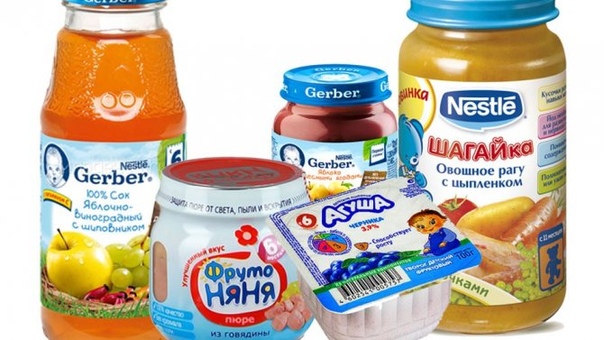 He envisions a vaccine that would deliver a cocktail of beneficial bacteria or bacterial compounds to prime a baby’s immune system. This might need to be personalized to each individual, but it could be effective against various inflammatory diseases, he says.
He envisions a vaccine that would deliver a cocktail of beneficial bacteria or bacterial compounds to prime a baby’s immune system. This might need to be personalized to each individual, but it could be effective against various inflammatory diseases, he says.
For many other researchers, the quest to translate the hygiene hypothesis into useful interventions has led straight back to the gut. Children who grow up on farms tend to have fewer allergies, and Remo Frei at the University of Zurich in Switzerland has found that children living on the country’s farms consume more dairy products earlier in life than do non-farm-dwelling children nearby. The farm children also have a much more diverse diet, eating lots of different fruits and vegetables, he adds.
Frei and his colleagues realized that one thing dairy products and vegetables have in common is short-chain fatty acids (SCFAs): molecules with a backbone of two to four carbon atoms that are known to have anti-inflammatory effects. Dairy products contain relatively high levels of SCFAs, and fruits and vegetables encourage the growth of gut microbes that produce them.
Dairy products contain relatively high levels of SCFAs, and fruits and vegetables encourage the growth of gut microbes that produce them.
In an epidemiological study published by Frei’s group last year12, children with high levels of an SCFA called butyrate in their faecal samples at one year old had a dramatically lower risk of developing allergies later in life. Mice that eat SCFAs are also less likely to develop allergies13. But researchers are still unsure of the best way to introduce fatty acids into infants’ diets.
Breast milk encourages the growth of microbes that produce butyrate, and it contains a host of other molecules that are known to prevent allergy. However, the benefits of breastfeeding for eczema and asthma prevention seem to be modest, and studies have been unable to show that it lessens the chance of food allergies in infants. A few studies have even shown that breastfed infants are at higher risk of food allergy, although the explanation for this is likely to be reverse causality — that is, women at high risk of having a child with an allergy are more likely to breastfeed because of the perception that it might have some allergy-prevention benefit.
In addition, the composition of breast milk varies greatly from one woman to the next. In a study published in June14, immunologist Valérie Verhasselt at the University of Western Australia in Perth found that infants who consume egg allergen in their mother’s milk have a lower risk of egg allergy. But other studies have shown that not all women who consume eggs have egg allergen in their breast milk — and some women who eschew eggs still have milk containing the allergen. Such differences, which also extend to immune-modulating molecules, might mean that any beneficial effects of breast milk on allergy prevention become obscured in large population studies.
Verhasselt sees the explanation for this in human evolution. “Breast milk is not designed to prevent allergy,” she says. “It’s designed to prevent infectious disease.” She is now investigating whether dietary shifts or other interventions, tailored to the individual mother, baby and environment, could make breast milk more protective against allergy.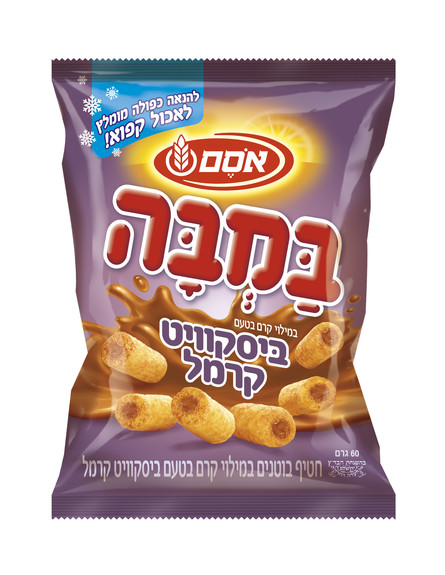 In this case, the solution might not be as simple as a snack food beloved by an entire country.
In this case, the solution might not be as simple as a snack food beloved by an entire country.
References
Sicherer, S. H., Muñoz-Furlong, A., Godbold, J. H. & Sampson, H. A. J. Allergy Clin. Immunol. 125, 1322–1326 (2010).
Article PubMed Google Scholar
Saloga, J., Renz, H., Larsen, G. L. & Gelfand, E. W. Am. J. Respir. Crit. Care Med. 149, 65–70 (1994).
Article PubMed Google Scholar
Lack, G. et al. N. Engl. J. Med. 348, 977–985 (2003).
Article PubMed Google Scholar
Du Toit, G., Tsakok, T., Lack, S. & Lack, G. J. Allergy Clin. Immunol. 137, 998–1010 (2016).
Article PubMed Google Scholar
Mortz, C. G., Lauritsen, J. M., Bindslev-Jensen, C. & Andersen, K. E. Acta Dermato-Venereol. 82, 359–364 (2002).
Article Google Scholar
Lack, G. J. Allergy Clin. Immunol. 129, 1187–1197 (2012).
Article PubMed Google Scholar
Du Toit, G. et al. J. Allergy Clin. Immunol. 122, 984–991 (2008).
Article PubMed Google Scholar
Du Toit, G. et al. N. Engl. J. Med. 372, 803–813 (2015).
Article PubMed Google Scholar
Perkin, M. R. et al. N. Engl. J. Med. 374, 1733–1743 (2016).
Article PubMed Google Scholar
Wang , H. T., Warren, C. M., Gupta, R. S. & Davis, C. M. J. Allergy Clin. Immunol. Pract. 8, 1359–1370 (2020).
PubMed Google Scholar
Chalmers, J. R. et al. Lancet 395, 962–972 (2020).
Article PubMed Google Scholar
Roduit, C. et al. Allergy 74, 799–809 (2019).
Article PubMed Google Scholar
Trompette, A. et al. Nature Med. 20, 159–166 (2014).
Article PubMed Google Scholar
Verhasselt, V. et al. Allergy 75, 1463–1466 (2020).
Article PubMed Google Scholar
Download references
Hair tongs Cecotec Bamba RitualCare 885 220C White
Best-seller
- Code:
- 29974762
2 657 ₽
For Cecotec tongs, curling irons and hair straighteners, we have selected original branded European suppliers. We entered into partnerships with outlets and discounters. Optimized delivery from abroad to the end consumer without spending money on trade and exhibition premises. We send goods directly from foreign warehouses to the address of the buyer, which makes prices lower than in Russian stores. nine0003
Buying original branded goods cheaply and quickly in our online store is safe and fast. Order tracking is available at all stages of the purchase and works immediately after the payment of the order.
Characteristics
General characteristics
- Temperature approx.
- 140ºC-220ºC
- Dimensions
- 33x6x14 cm
Weight and dimensions
- Weight
- 0.
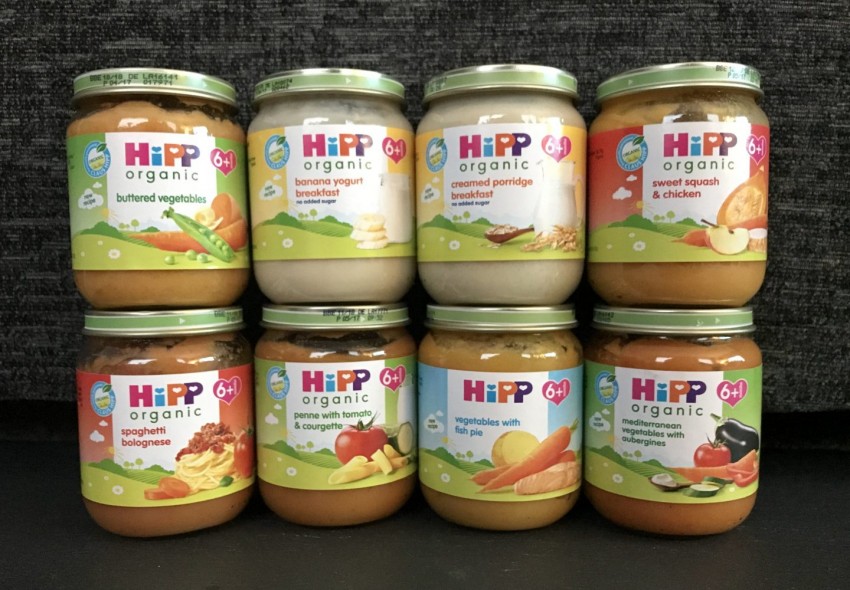 6 kg
6 kg
Features
- Color
- White nine0010
- Features
- Temperature control
- Features
- Simple operation with buttons
- Features
- Ionization function nine0010
- Features
- Suitable for all hair types
Specifications
- Material
- tourmaline
Power supply
- Power supply
- from the electrical network
Description
Do you want to enhance your look and enhance your beauty? Then Cecotec Bamba RitualCare 885 220ºC White Curling Iron will help you achieve your goals! Enjoy the benefits of products Cecotec and other hair accessories from 100% original brands.
- Colour: White
- Material: tourmaline
- Features:
- Temperature control
- Simple control with buttons
- Ionization function
- is suitable for all hair types
- Source source: from the electric network approx.: 140ºC-220º6 9016 9016 9016 9016 9016 9016 9016 9016 9016 9016 9016 9016 9016 9016 9016 9016 9016 9016 9016 9016 9016 9016 9016 9016 9016 9016 9016 9016 9 Cecotec brand catalog
- Curling irons, curling irons and hair straighteners Cecotec nine0115 Curling irons, curling irons and hair straighteners
- Beauty Products
Buy tongs, curling irons and hair straighteners at a similar price
BaByliss C260E hair styler Hair straightener with textured attachments Warm Black, Silver
2 929 ₽
Babyliss tongs, curling irons and hair straighteners
Babyliss
2 298 ₽
Babyliss
Babyliss
Irrigators | www.
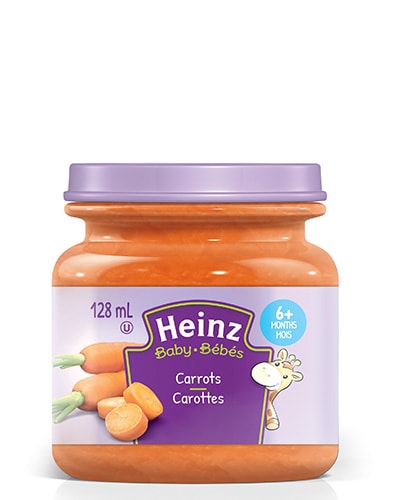 kaup24.ee Filter by
kaup24.ee Filter by View product list Cheapest at the top
8 20 € / month 107 00 €
Add to cart
4.8/5
Irrigator Philips HX3806/33
Power supply: Rechargeable battery
Modes: 3
Smart device: No
7 50 € / month 119 99 € 129 99 €
Add to cart
PICK UP TOMORROW
Irrigaator h3O, roosa
Power supply: Rechargeable battery
Modes: 5
Smart device: No
BIG WAREHOUSE CLEANING! nine0003
6 70 € / month 50 99 € 67 99 €
Add to cart
PICK UP TOMORROW
SENCOR SOI 2201RS
Power: Network
Modes: 10
Smart device: None
26 99 €
Add to cart
5/5
PICK UP TOMORROW
Media-Tech MT6512 No
7 70 € / month 159 00 €
Add to cart
PICK UP TOMORROW
Philips Power Flosser 7000 HX3911/40
Nutrition: Network
Modes: Daily cleaning, Švelnus cleaning, 4, Gum massage
Smart device: No
7 30 € / month 55 49 €
Add to cart
PICK UP TOMORROW
SENCOR SOI 2200SL
Power: Network
Modes: 10
Smart device: None
NEW
7 50 € / month 119 99 € 129 99 €
Add to cart
Irrigaator "Smilesonic h3O White"
Power supply: Rechargeable battery
Modes: 5
Smart device: No
5 20 € / month 39 30 €
Add to cart
4.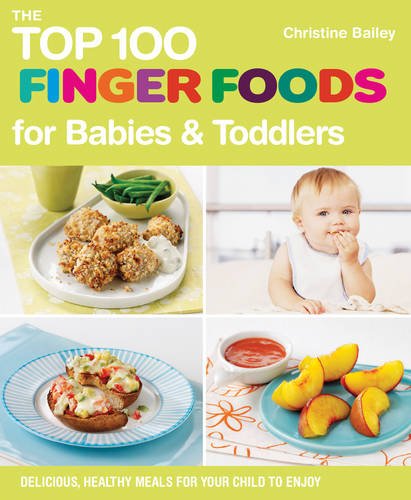 8/5
8/5
PICK UP TOMORROW
Blaupunkt DIR501 irrigator, white
Power supply: Rechargeable battery
Modes: 3
Smart device: No
8 40 € / month 80 60 €
Add to cart
4.3/5
FAST DELIVERY
ORAL-B AquaCare 6 Pro Expert
Power supply: Rechargeable battery
Modes: 3
Smart device: No
5 90 € / month 44 99 € 63 00 €
Add to cart
Suuõhne niisutaja ClearJet
Power supply: Rechargeable battery
Modes: 3
Smart device: Yes
20 89 €
Add to cart
5/5
FAST DELIVERY
Irrigator Xiaomi Enchen Mint 3 nine0003
Power supply: Rechargeable battery
Modes: 3
Smart device: No
NEW
7 50 € / month 119 99 € 129 99 €
Add to cart
PICK UP TOMORROW
Irrigaator "Smilesonic h3O Blue"
Power supply: Rechargeable battery
Modes: 5
Smart device: No
NEW
7 50 € / month 119 99 € 129 99 €
Add to cart
PICK UP TOMORROW
Irrigaator "Smilesonic h3O"
Power supply: Rechargeable battery
Modes: 5
Smart device: No
9 40 € / month 89 99 € 99 99 €
Add to cart
PICK UP TOMORROW
Irrigaator "Beauty Limited", must
Power supply: Rechargeable battery
Modes: 5
Smart device: No
29 49 €
Add to cart
4. 7/5
7/5
PICK UP TOMORROW
Proficare PCMD3026
Power supply: Rechargeable battery
Modes: 3
Smart device: No
6 20 € / month 47 10 €
Add to cart
PICK UP TOMORROW
SENCOR SOI 2202TQ
Power: Network
Modes: 10
Smart device: None
nine0002 6 20 € / month 46 99 €Add to cart
PICK UP TOMORROW
SENCOR SOI 1100SL No
7 50 € / month 56 99 €
Add to cart
4.5/5
PICK UP TOMORROW
SENCOR SOI 1102TQ No
8 10 € / month 106 00 €
Add to cart
4/5
PICK UP TOMORROW
Waterpik WP-160 nine0003
Power: Network
Modes: 10
Smart device: No
7 00 € / month 52 99 €
Add to cart
5/5
PICK UP TOMORROW
SENCOR SOI 1101RD
Power supply: Rechargeable battery
Modes: Pulsating, Daily cleaning, Gentle/delicate
Smart device: No
32 99 €
Add to cart
5/5
PICK UP TOMORROW
ProMedix PR-770W No
5 40 € / month 40 73 €
Add to cart
FAST DELIVERY
Irrigator Soocas W1
Power supply: Rechargeable battery
Modes: 4
Smart device: No
7 30 € / month 95 49 €
Add to cart
5/5
FAST DELIVERY
Philips HX3806/31
Power supply: Rechargeable battery
Modes: 2
Smart device: No
5 20 € / month 39 19 € 42 99 €
Add to cart
4.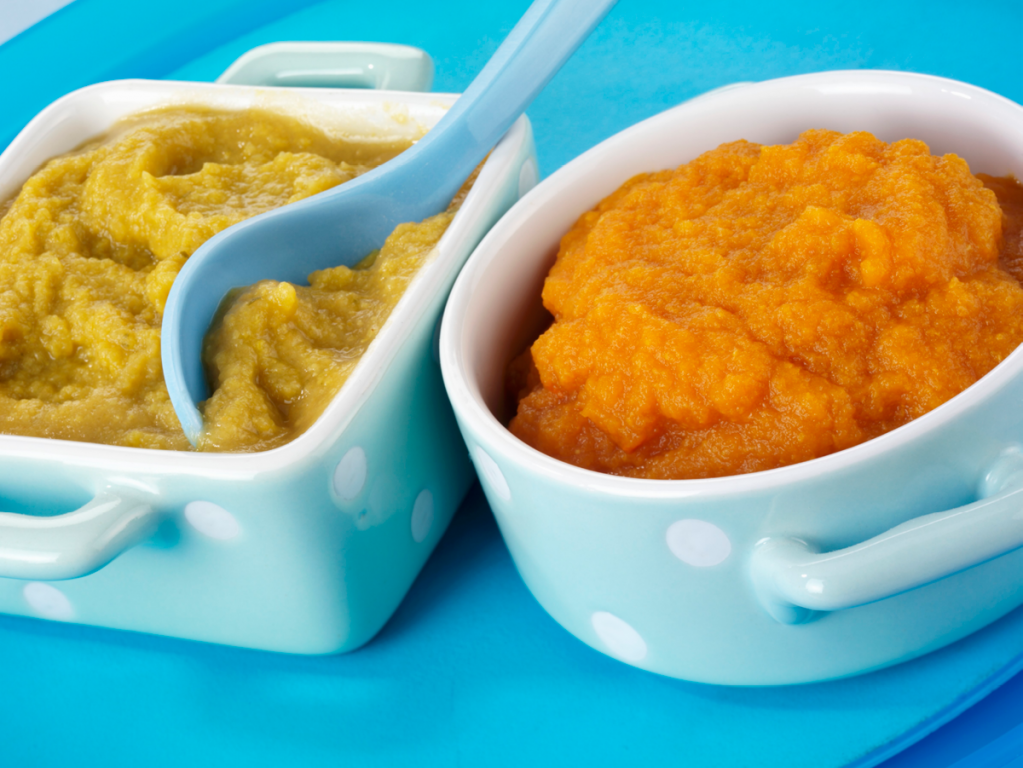 6/5
6/5
Camry CR 2172 Oral
Power: Network
Modes: Not Specified
Smart Device: No
5 50 € / month 41 49 €
Add to cart
ProfiCare PC-MD 3005 No
8 70 € / month 65 99 €
Add to cart
3.5/5
Irrigator Braun OxyJet MD20
Power supply: Rechargeable battery
Modes: 2
Smart device: No
5 70 € / month 43 30 € 53 69 €
Add to cart
Panasonic EW-1311G845 No
Oral irrigator: which one to choose?
When it comes to dental health and oral hygiene, two tools are familiar to everyone: simple or electric toothbrushes and dental floss. But have you heard of oral irrigators? For a long time used only by professional dentists, every year oral irrigators become
But have you heard of oral irrigators? For a long time used only by professional dentists, every year oral irrigators become
Take better care of oral hygiene every day and at the same time perform effective prevention of dental caries, tartar formation and gum disease with irrigator - a device for home use. The benefits of its use are undeniable, and the acquisition costs cannot be compared with the costs of treating dental diseases that result from poor-quality cleaning. In order not to visit the dentist often, choose the right irrigator for the oral cavity from the assortment of our store. nine0003
Portable and Stationary Dental Irrigators
- Lightweight, rechargeable portable irrigator is a professional dental and gum care tool available in every home. Its power is comparable to the best stationary models. Such devices have several modes of operation and are supplied complete with nozzles. The device of thoughtful design and convenient method of filling with water is simple and convenient to use.
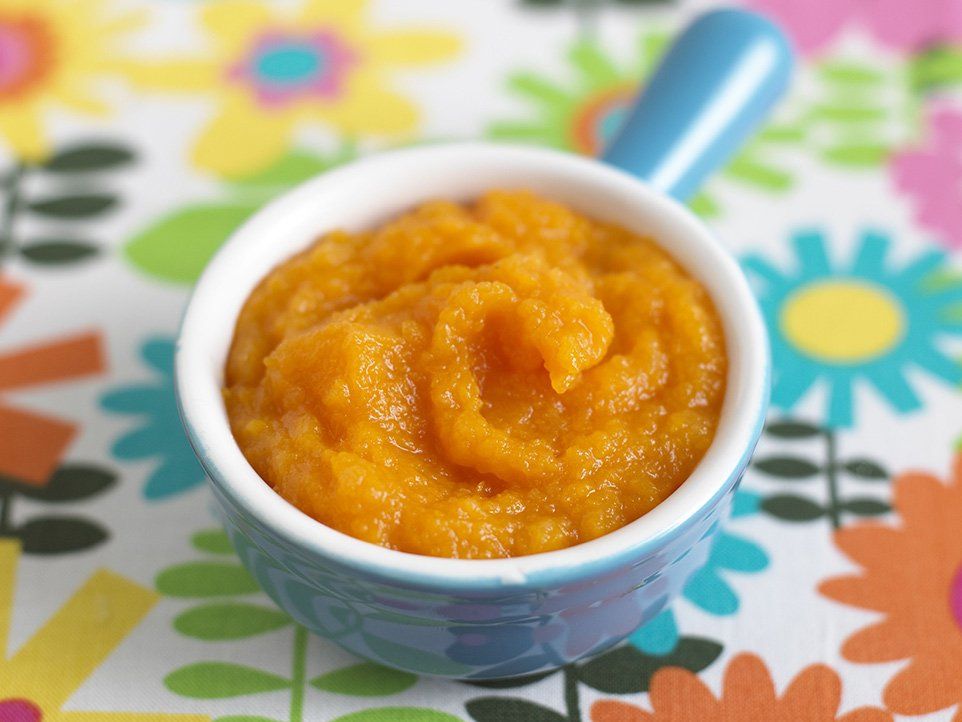 A portable dental irrigator with a contactless charger is the best choice for home and travel. nine0116
A portable dental irrigator with a contactless charger is the best choice for home and travel. nine0116 - Stationary oral irrigator plugs into the mains. Large water capacity requires less frequent refilling with water or rinse aid. Replaceable tips are included for particularly effective plaque removal. A stationary irrigator complete with a box of different nozzles is an ideal device for use by the whole family.
Irrigator buy in Estonia at a good price
Explore the range of Kaup24.ee e-shop, where you will find high quality fixed and portable oral irrigators from reliable manufacturers such as Oral-B, Braun, Philips, Panasonic, ProMedix, Blaupunkt, Dental Punch, Eldom, Kitfort, Mediss, Mornwell, JetPik, Profi-Care, Waterpik and many more. The product description contains all the necessary information that will help you choose the most suitable irrigator in terms of design and functionality. We deliver all goods to the specified address throughout Estonia, you can always get the goods without additional delivery charges in one of our physical stores.





